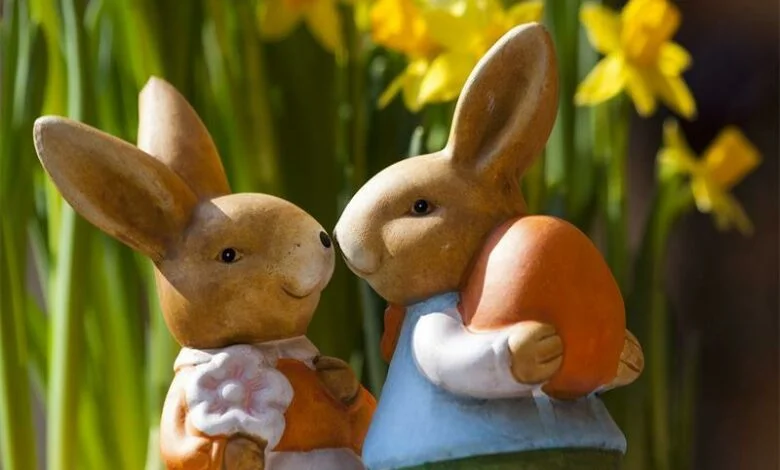For centuries, rabbits have been a symbol of good luck, fertility, and renewal across many cultures and religions. From ancient folklore to modern-day celebrations, the rabbit has remained an enduring and fascinating symbol throughout history. In this article, we will explore the evolution of rabbit symbolism from its early beginnings to its prominent role in Easter celebrations.
Early Rabbit Symbolism
The ancient Egyptians revered the rabbit as a symbol of new life and rebirth. The goddess of childbirth and fertility, Eostre, was often depicted with a rabbit by her side. The Celts also believed in the magical powers of the rabbit, associating it with the moon, the cycles of nature, and the changing seasons.
In Native American folklore, the rabbit was often portrayed as a clever and resourceful trickster. In the Hopi tradition, the rabbit was believed to be a messenger of the gods, and its image was often used in their art and pottery.
In many cultures, the rabbit was seen as a symbol of fertility due to its prolific breeding habits. This connection to fertility and new life led to the rabbit’s association with springtime and the renewal of nature.
The Rabbit in Christianity
The rabbit’s association with spring and new life made it a natural fit for Christian traditions. In early Christianity, the rabbit was often used as a symbol of the resurrection of Christ. The belief was that just as the rabbit emerged from its burrow into new life, so too did Christ emerge from the tomb after his crucifixion.
The rabbit also played a prominent role in medieval Christian art, where it was often depicted alongside the Virgin Mary and the baby Jesus. The rabbit’s presence in these paintings was a symbol of the virgin’s purity and innocence.
The Easter Bunny
The modern-day Easter Bunny is a product of German folklore. According to the legend, the Easter Bunny brings baskets of colored eggs and candy to well-behaved children on Easter morning. The tradition was brought to America by German immigrants in the 1700s, and it quickly became a popular Easter tradition.
Today, the Easter Bunny is a ubiquitous symbol of the holiday, with its image appearing on cards, decorations, and candies. While its origins are rooted in ancient folklore, the Easter Bunny has evolved over time to become a beloved and enduring symbol of spring and new beginnings.




